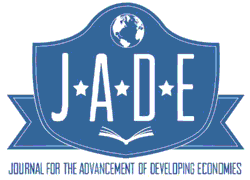Institute for the Advancement of Developing Economies

Journal for the Advancement of Developing Economies
Date of this Version
2012
Document Type
Article
Citation
Journal for the Advancement of Developing Economies 2012 Volume 1 Issue 3
doi:10.13014/K20C4SZF
Abstract
The urban population of Punjab is growing rapidly. It is projected that there will be a 25 to 30 percent increase in urban population by 2020. This rapid population increase is causing major problems in the efficient provision of urban services in these cities. To evaluate the effect of this population increase, this paper tries to produce an integrated assessment of water stress and scarcity, linking physical estimates of water availability with socioeconomic variables that reflect poverty, i.e., a Water Poverty Index. It is understood that poor households face the problem of the accessibility of potable water, and this results in a significant loss of time and effort, especially for women. On the basis of multiple data sources, this paper evaluates water poverty in three panels of large, intermediate, and small cities of Punjab. The results show the same water poverty level within the panels but a higher poverty level in large cities than small and intermediate cities.
Included in
Econometrics Commons, Growth and Development Commons, International Economics Commons, Political Economy Commons, Public Economics Commons, Regional Economics Commons


Comments
Copyright (c) 2012 JADE